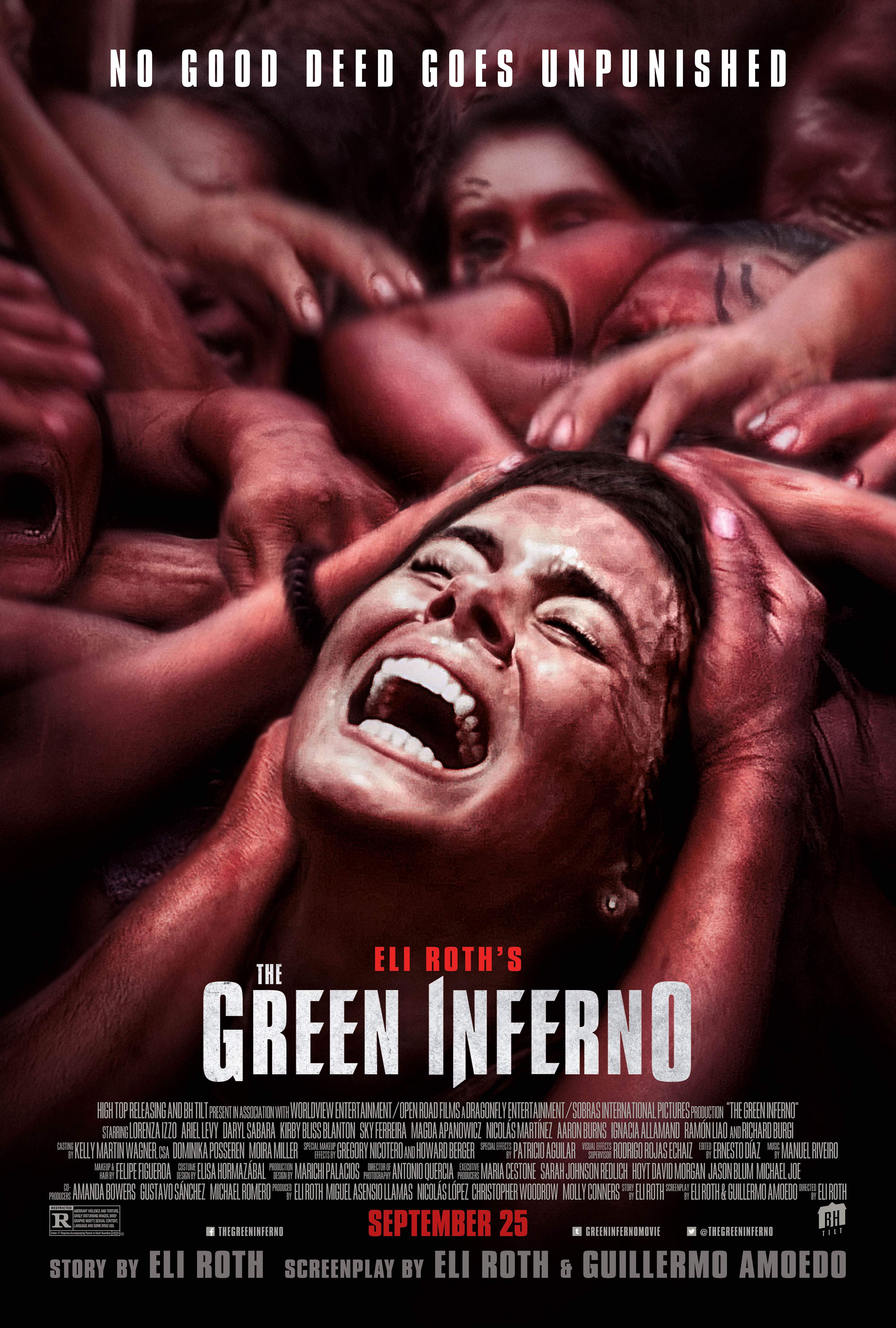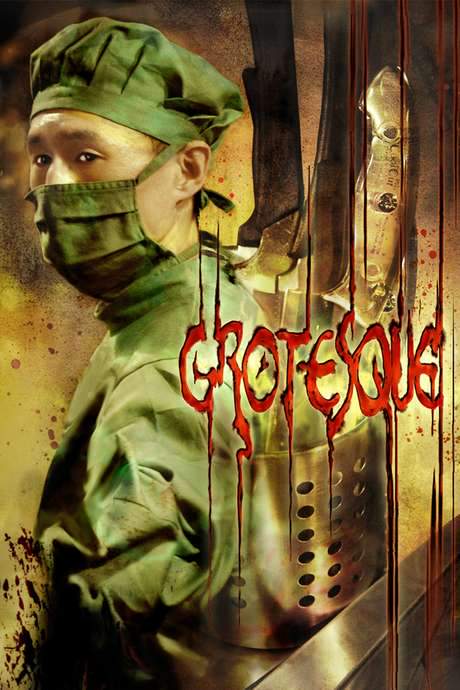Warning: spoilers below!
Haven’t seen The Green Elephant yet? This summary contains major spoilers. Bookmark the page, watch the movie, and come back for the full breakdown. If you're ready, scroll on and relive the story!
The Green Elephant (1999) – Full Plot Summary & Ending Explained
Read the complete plot breakdown of The Green Elephant (1999), including all key story events, major twists, and the ending explained in detail. Discover what really happened—and what it all means.
Set in an indeterminately bleak mid-1980s setting, two unnamed junior officers in the Soviet Army, Vladimir Yepifantsev as Epifantsev and Sergey Pakhomov as Pakhomov, arrive at a grim penal military prison. Their shared cell is a cramped, dimly lit space with a leaking sewer pipe and walls painted a toxic green. Pakhomov is loud, talkative, and friendly, earning him fans’ nicknames Bratishka (“Bro”) and Poyekhavshiy (“Nutcase”), while Epifantsev is initially amused by his companion’s stories but soon grows increasingly annoyed. The atmosphere is suffocating, and the tension between them begins to strain the fragile balance of their small world.
The guard, Aleksandr Maslaev, interrupts the routine and imposes punishment, forcing Epifantsev to clean the toilet with a fork, a stark example of the prison’s brutal discipline. This harsh dynamic sets the tone for a place where humanity frays under pressure and power is exercised with little mercy.
As the day accumulates into a harsh continuum of control and fear, the captain arrives. The captain is portrayed by Anatoly Osmolovsky (with the character’s voice provided by Oleg Mavromatti). He tests Pakhomov with questions about the Asiatic-Pacific Theater, Pearl Harbor, and the ships involved, growing angry at incorrect answers. A tense moment follows when the captain disparages the tea Maslaev brings, calling it undrinkable and pouring it over Maslaev’s head before ordering him back to his duties. The captain’s presence dominates the cell, and his control over the inmates intensifies the oppressive mood.
In the basement, the captain subjects Epifantsev and Pakhomov to a series of humiliating acts while a supervising guard looks on. The captain’s cruel temperament escalates, pressing them with taunts about food and authority, and he coercively subjects Epifantsev to acts of domination, a brutal display of power that leaves the men teetering on the edge of sanity. Epifantsev’s protests and pleas clash with the captain’s relentless cruelty, amplifying the sense that escape or relief is impossible within these walls.
Driven to the brink, Epifantsev unleashes a final act of violence that ends in the captain’s death, a moment that marks the collapse of the men’s already fragile world. Epifantsev then dies by suicide, leaving Pakhomov to cope with the aftermath of the carnage and the near-total collapse of any sense of order inside the prison.
Later, Maslaev reappears in a twist of cruel irony, arriving as a self-proclaimed colonel and inviting Pakhomov to join him for a celebration. The mood spirals as Maslaev ascends a chair and places a rope around his neck, only for Pakhomov to topple the chair in a desperate moment that ends Maslaev’s life. Pakhomov lingers with the bloodied corpse, muttering about memories with his mother, and then falls asleep among the dead, a stark image of a man left to shoulder an unimaginable burden.
Throughout the piece, there are several black-and-white interludes showing the guard moving through the hallways, drinking, and muttering about the prison’s impact on military prestige. In the final credits, the guard is heard shouting lines like “I am a colonel” and “I will be a colonel,” underscoring the film’s bleak meditation on power, loyalty, and the dehumanizing effects of war and confinement.
This film presents a stark, unflinching portrayal of abuse, fear, and the fragility of the human mind under coercive regimes, conveyed through a tightly controlled environment, stark visuals, and a narrative that remains relentlessly focused on the consequences of power without offering easy resolutions.
Last Updated: October 09, 2025 at 09:29
Unlock the Full Story of The Green Elephant
Don't stop at just watching — explore The Green Elephant in full detail. From the complete plot summary and scene-by-scene timeline to character breakdowns, thematic analysis, and a deep dive into the ending — every page helps you truly understand what The Green Elephant is all about. Plus, discover what's next after the movie.
The Green Elephant Timeline
Track the full timeline of The Green Elephant with every major event arranged chronologically. Perfect for decoding non-linear storytelling, flashbacks, or parallel narratives with a clear scene-by-scene breakdown.

Characters, Settings & Themes in The Green Elephant
Discover the characters, locations, and core themes that shape The Green Elephant. Get insights into symbolic elements, setting significance, and deeper narrative meaning — ideal for thematic analysis and movie breakdowns.

Similar Movies to The Green Elephant
Discover movies like The Green Elephant that share similar genres, themes, and storytelling elements. Whether you’re drawn to the atmosphere, character arcs, or plot structure, these curated recommendations will help you explore more films you’ll love.
Explore More About Movie The Green Elephant
The Green Elephant (1999) Scene-by-Scene Movie Timeline
The Green Elephant (1999) Movie Characters, Themes & Settings
The Green Elephant (1999) Spoiler-Free Summary & Key Flow
Movies Like The Green Elephant – Similar Titles You’ll Enjoy
The Green Inferno (2015) Ending Explained & Film Insights
Green Hat (2004) Full Summary & Key Details
The Necrophile (2004) Movie Recap & Themes
The Greenskeeper (2002) Ending Explained & Film Insights
Green River Killer (2005) Movie Recap & Themes
Eaten Alive! (1980) Full Movie Breakdown
Cannibal Terror (1980) Movie Recap & Themes
Nekromantik (1988) Complete Plot Breakdown
Greta, the Mad Butcher (1977) Ending Explained & Film Insights
The Fun House (1973) Spoiler-Packed Plot Recap
Beyond the Darkness (1979) Plot Summary & Ending Explained
The Cannibal Man (1972) Story Summary & Characters
The Ugly (1997) Full Movie Breakdown
Grotesque (2009) Story Summary & Characters
Boy Meets Girl (1994) Story Summary & Characters


















